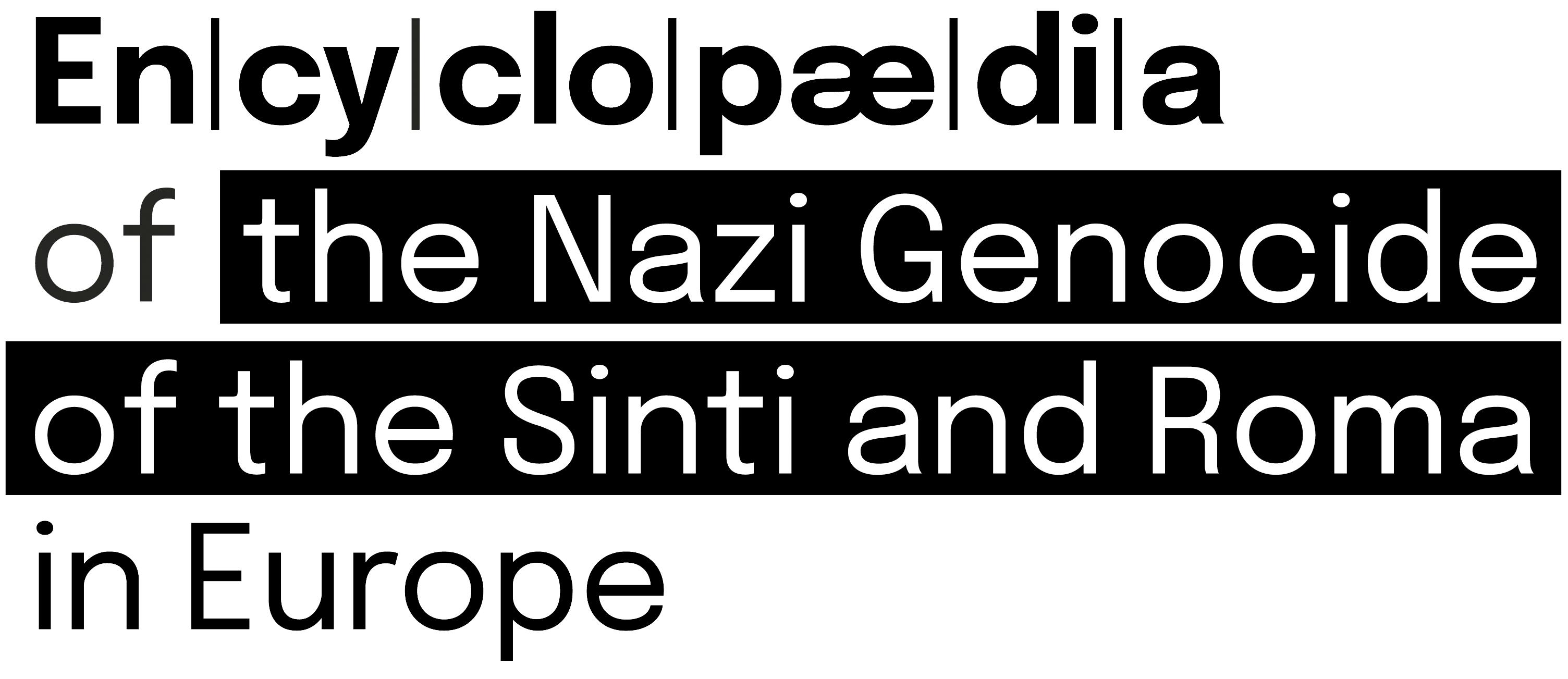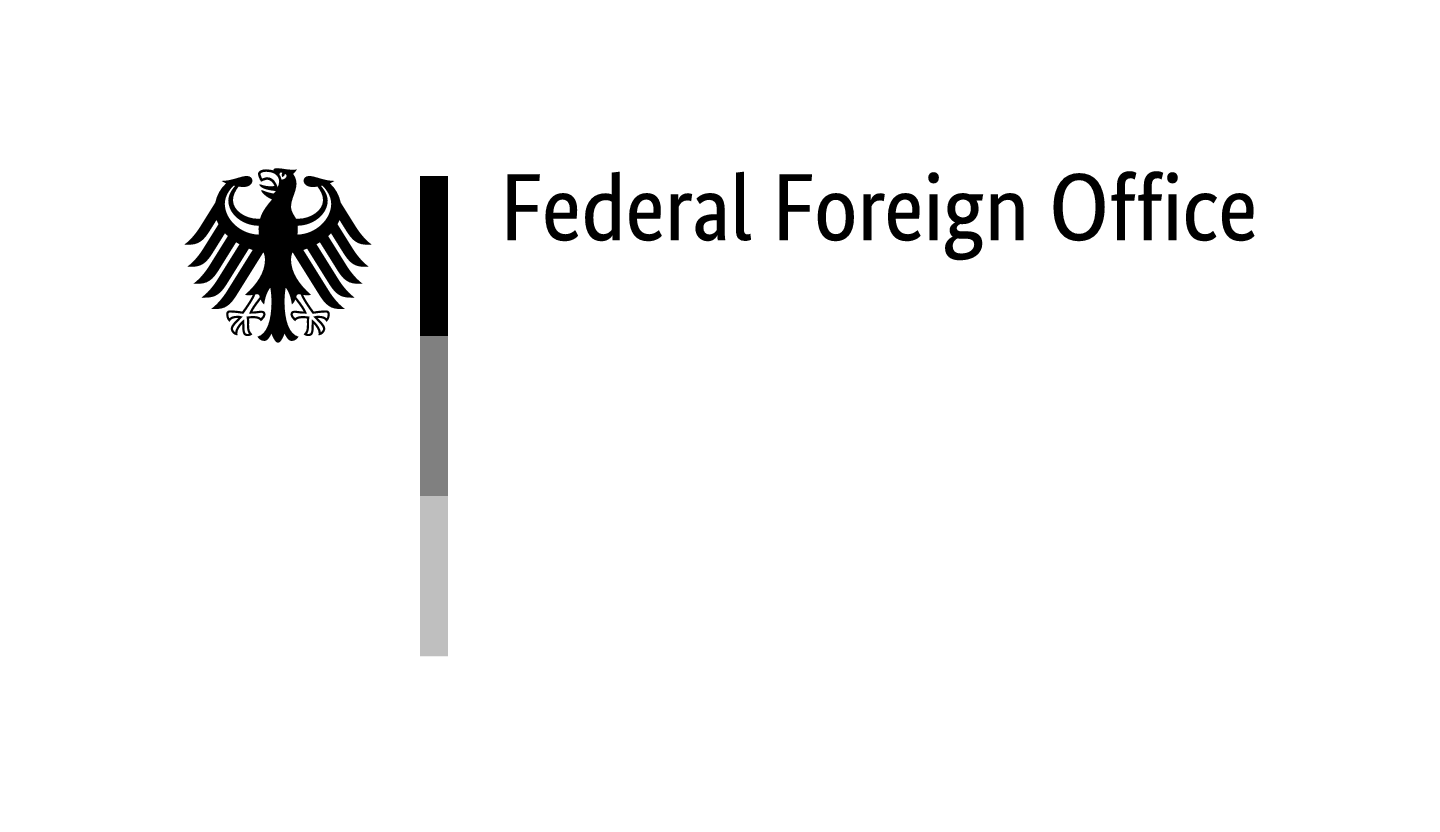Michael Zimmermann, born on 17 November 1951 in Mülheim an der Ruhr, Germany, was a German historian who made significant academic contributions to research into the genocide of the Sinti and Roma.
Early Works
Zimmermann is considered a pioneer of the history of labour and everyday life. In 1986, he completed his doctorate under Hans Mommsen (1930–2015) with the dissertation ‘Schachtanlage und Zechenkolonie. Leben, Arbeit und Politik in einer Arbeitersiedlung 1880 bis 1980’ [Pit and mining village. Life, work and politics on a workers’ housing estate 1880 to 1980]. From 1986 to 1994, he worked as a historian at the Old Synagogue in Essen, before joining the Department of Education and Culture of the City of Essen.
Zimmermann also worked as a lecturer at the University of Jena from 1996, and from 2000 at the Ruhr University Bochum. For many years, Zimmermann’s work focused on the social history of the Ruhr area and the history of Jews in Essen and the Rhineland-Westphalia industrial area.
Main Work: ‘Rassenutopie und Genozid’
His study ‘Verfolgt, vertrieben, vernichtet. Die nationalsozialistische Vernichtungspolitik gegen Sinti und Roma’ [Persecuted, Exiled, Murdered. The National Socialist Policy of Extermination against Sinti and Roma], published in 1989, incorporated the results of the project ‘Persecution experiences of German Sinti and Roma under National Socialism’ (1985–1986), which was funded by the German Research Foundation and in which Zimmermann had been involved.
His main work, however, is his habilitation thesis ‘Rassenutopie und Genozid. Die nationalsozialistische “Lösung der Zigeunerfrage”’ [Racial Utopia and Genocide. The National Socialist ‘Solution to the Gypsy Question’], which was published as a book in 1996 and is still considered a standard work today. It was the first analytically and empirically sound overall account of the extermination policy directed against Sinti and Roma in Germany and Europe.
Zimmermann understands modern racism ‘as an ideological driver of [Nazi] extermination policy that had a disinhibiting effect precisely because of its supposed scientific nature, and the RSHA [Reich Security Main Office] as its most powerful agent’.1Zimmermann, Rassenutopie und Genozid, 379. A decisive condition for the genocide of the Sinti and Roma was therefore the institutional intertwining of the Reich Criminal Police Office and the Racial Hygiene Research Unit (RHF): It was this practical nexus of policing and science that translated the racist social model into persecution practice.
At the same time, Zimmermann points to the conceptual and practical incoherence in the ways the persecution proceeded in the Reich and in the German-occupied states or states allied with Nazi Germany. He attributes this above all to the fact that different facets of the enemy image of the ‘Gypsy’ informed policy at different points and in different contexts.
Zimmermann’s study ‘Rassenutopie und Genozid’ inspired numerous other research projects and publications, as it became the key point of reference for analysing local and regional findings in a wider context. It was particularly influential in German-speaking countries. Only a few of Zimmermann’s findings—such as those on the German-occupied Soviet Union—have been revised by more recent studies.2Holler, Der nationalsozialistische Völkermord.
The fact that the book, which is now available online on the website of the Research Centre for Contemporary History in Hamburg,3See https://zeitgeschichte-hamburg.de/files/public/FZH/Publikationen_digital/Michael%20Zimmermann%20Rassenutopie%20und%20Genozid.pdf [accessed: 22/07/2025]. has never been translated into English has hindered its wider international reception.
Subsequent Research and Activities
In 2007, Zimmermann edited the anthology ‘Zwischen Erziehung und Vernichtung. Zigeunerpolitik und Zigeunerforschung im Europa des 20. Jahrhunderts’ [Between Education and Extermination. Gypsy Policy and Gypsy Research in 20th Century Europe], in which the National Socialist ‘Gypsy’ discourse is placed in a wider historical context and a comparative international perspective. One thematic focus is the RHF, whose influence on the persecution process is analysed and related to the ideological traditions and continuities of academic antigypsyism. The role of the German Research Foundation, which co-financed the RHF, is also analysed.
In his books and essays, Michael Zimmermann has always included the perspectives of those affected by persecution. In 1999, together with Thomas W. Neumann (born 1959), he published the memoirs of the Sinto and Auschwitz survivor Walter Stanoski Winter (1919–2012) under the title ‘WinterZeit’ [published in English as ‘Winter Time’].
Michael Zimmermann cultivated a collegial environment and supported young researchers. In the 1990s, he was also involved in the international group of historians at the Centre de Recherches Tsiganes in Paris, France, which produced several publications on the history of the persecution of the Sinti and Roma.
He died on 20 January 2007 in Essen. During his lifetime, he handed over the documents relating to his habilitation to the archives of the Fritz Bauer Institute in Frankfurt am Main.




